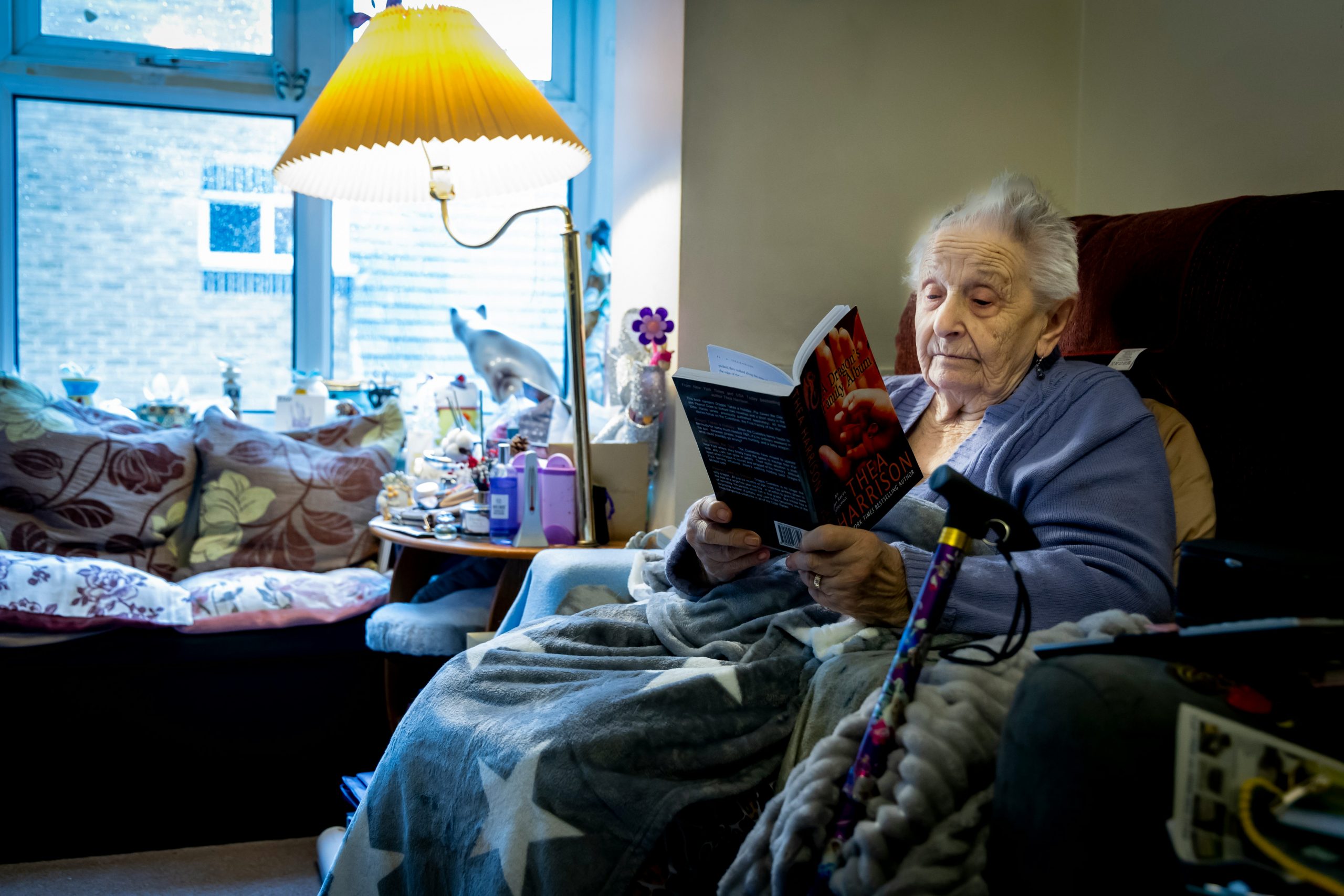In recent years, Australia has seen a steady shift in how we think about personal health—especially when it comes to ageing, chronic illness, and independent living. The combination of an ageing population, longer lifespans, and rising chronic disease rates has placed greater importance on health monitoring outside traditional clinical settings.
According to the Australian Institute of Health and Welfare, over 1 in 2 Australians have a chronic condition such as heart disease, diabetes, or arthritis. For these individuals—and their families—everyday health isn’t just about scheduled doctor visits. It’s about knowing what’s happening in real time and being able to respond when something goes wrong.
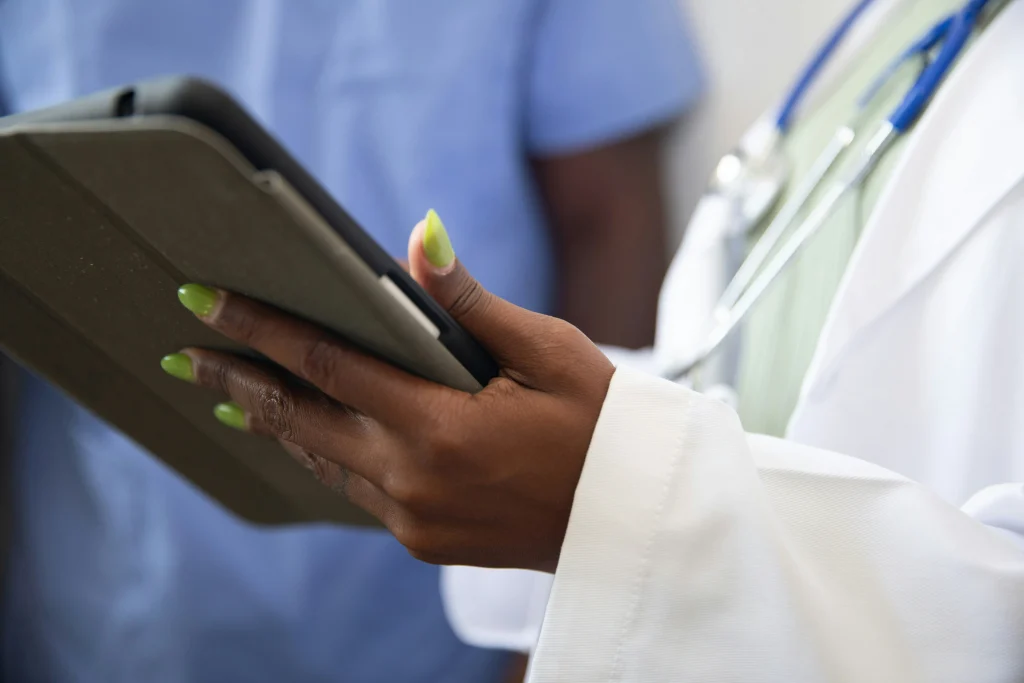
That’s where personal alert systems and smart health devices come in. While once viewed as niche tools only for the frail or elderly, they are now rapidly becoming a vital layer of protection for a broader group of Australians: from active seniors to those managing silent conditions like high blood pressure or epilepsy.
The technology has matured considerably. We’re no longer talking about clunky necklaces with a single panic button. Modern systems are discreet, responsive, and often powered by AI-driven sensors that can detect subtle patterns—like abnormal heart rates, unusual motion, or sudden falls. The goal is not only emergency response, but early intervention.
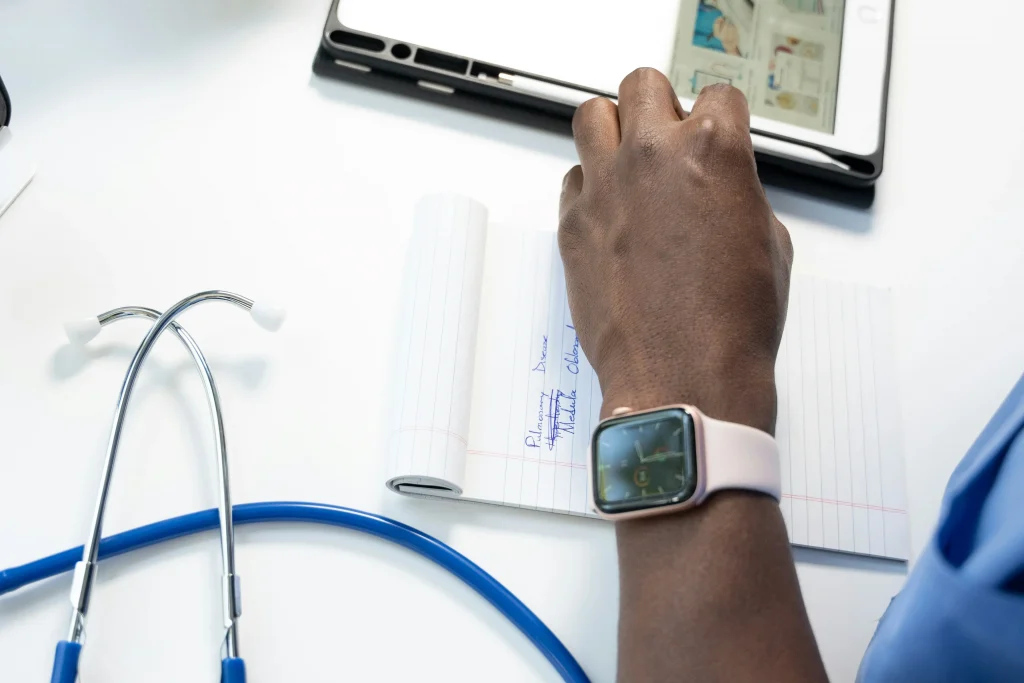
One innovation increasingly embraced in Australia is automated fall detection and health alert wearables. For example, platforms like MedAlert combine medical-grade sensors with mobile networks to instantly notify emergency service—even if the user is unconscious or unable to press a button. This kind of functionality is especially critical in rural or regional areas, where response times can vary and living alone is common.
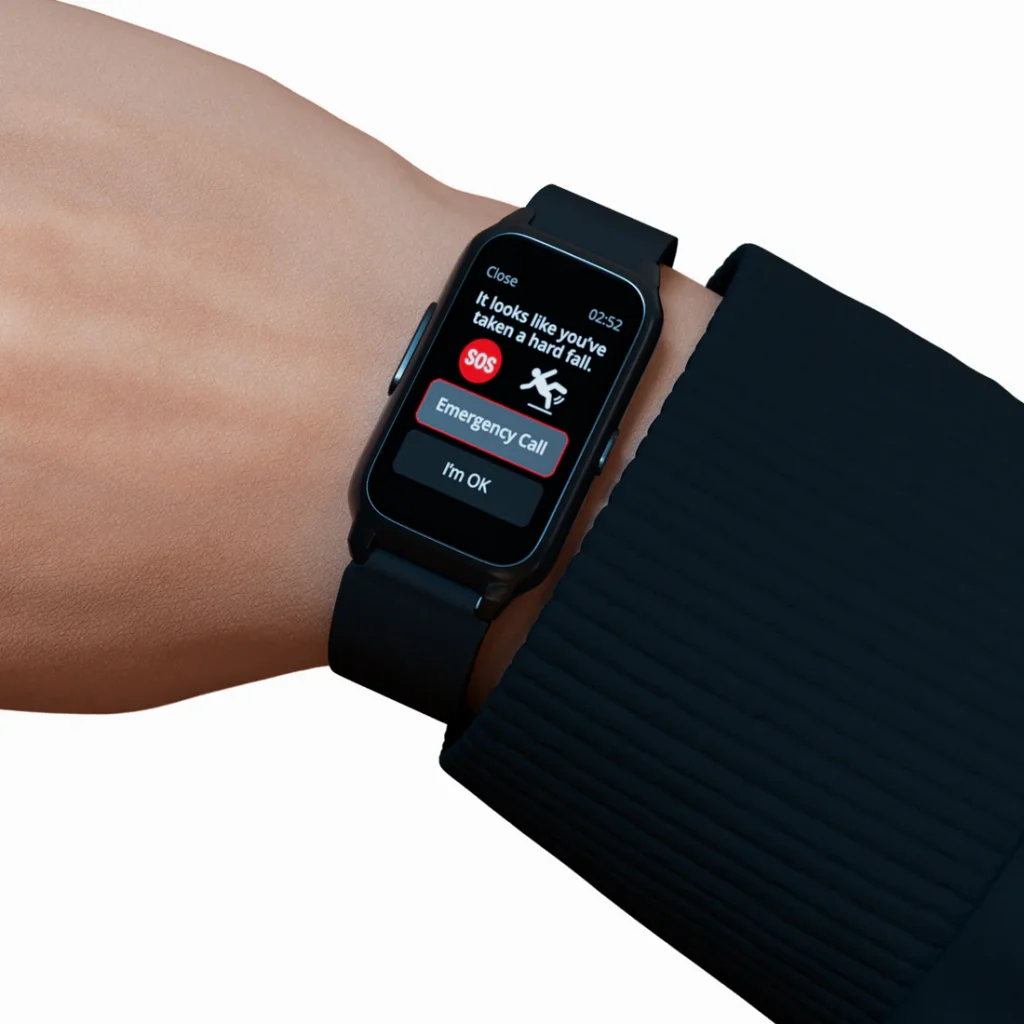
More importantly, this technology supports independence without sacrificing safety. For Australians who value staying in their own home longer, having a device that acts as a silent guardian is empowering. It’s not just about surviving emergencies—it’s about extending the ability to live freely, with dignity and confidence.
From a health system perspective, early alerts reduce pressure on emergency rooms and hospital beds. GPs also benefit from timely data, enabling more informed decisions and proactive care plans.
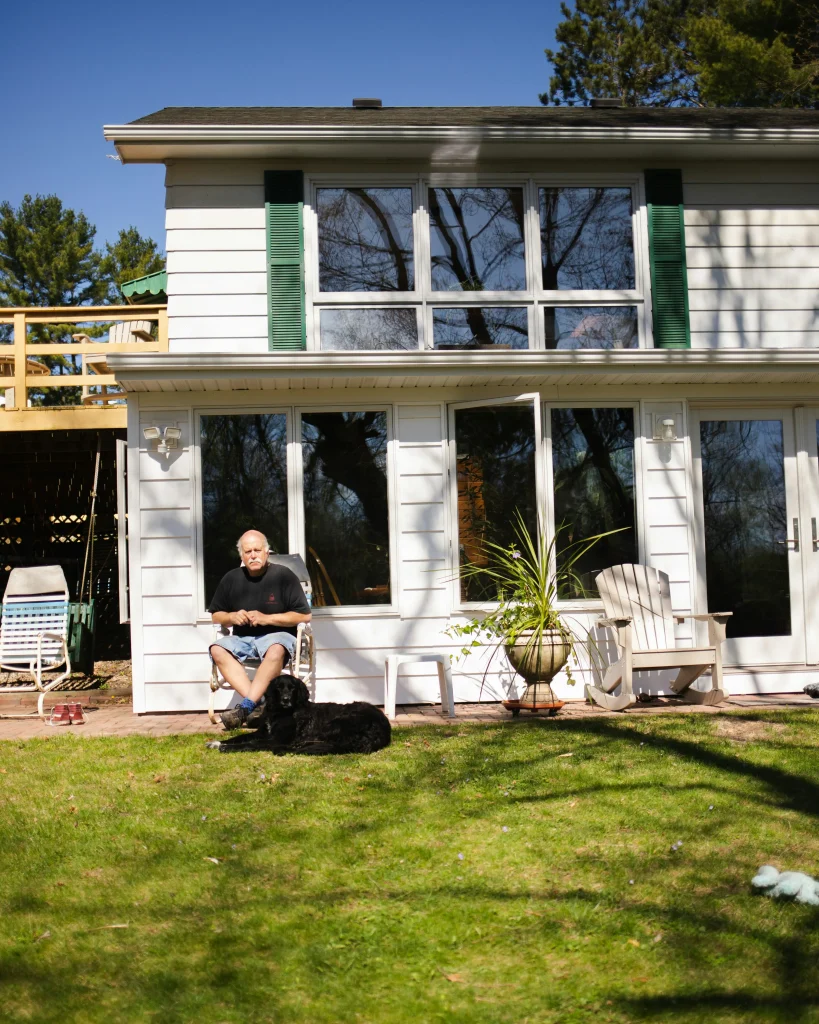
As we continue to embrace telehealth and decentralised care models, expect personal monitoring tools to become as commonplace as Fitbits and blood pressure cuffs. In fact, they may soon be covered under private health extras or NDIS support plans, recognising their value in prevention and quality of life.
The future of health in Australia isn’t just clinical—it’s personal, wearable, and always on.

